2025 Guide to Construction Estimating Software: Empowering Small Businesses for Success
Introduction
As the construction industry evolves, the need for precision, efficiency, and effective project management becomes increasingly essential. In 2025, small businesses in construction face unique challenges, from tight budgets to fierce competition. One of the most powerful tools at their disposal is construction estimating software. This guide explores the landscape of construction estimating software in 2025, providing insights into its benefits, features to look for, and how it can empower small businesses to thrive.
The Importance of Construction Estimating Software
Construction estimating software is designed to streamline the process of estimating project costs and managing budgets. For small businesses, where resources are often limited, an efficient estimating process can make a significant difference. It allows for accurate predictions of project expenses, helping businesses to bid more competitively and avoid costly overruns.
In 2025, the construction industry is seeing increased pressure to deliver projects on time and within budget. Estimating software not only assists in creating detailed estimates but also integrates with other project management tools, enhancing overall project efficiency. This integration is crucial for small businesses that need to maximize their productivity and profitability.
Key Features of Construction Estimating Software
When selecting construction estimating software, small businesses should look for several key features that will enhance their operations:
1. User-Friendly Interface
A simple, intuitive interface is essential for small businesses that may not have extensive technical expertise. The software should allow users to easily navigate through various functions, input data, and generate reports without a steep learning curve.
2. Customizable Templates
Every construction project is unique, and having customizable templates can save time and improve accuracy. Look for software that allows users to create templates tailored to specific types of projects, whether residential, commercial, or specialized contracting work.
3. Integration Capabilities
Integration with other software tools, such as project management, accounting, and scheduling systems, is vital. This feature ensures that data flows seamlessly between different platforms, reducing the chances of errors and improving overall workflow.
4. Real-Time Collaboration
Modern construction projects often involve multiple stakeholders. Software that offers real-time collaboration features enables teams to work together effectively, share updates, and make adjustments on the fly, regardless of their physical location.
5. Cost Database and Historical Data
An extensive cost database allows users to reference historical data when estimating project costs. This feature is particularly useful for small businesses that may not have the resources to conduct extensive market research. Access to past project data can provide valuable insights into pricing trends and help improve future estimates.
6. Reporting and Analytics
Powerful reporting and analytics tools can help small businesses track their performance over time. The ability to generate detailed reports on estimates, actual costs, and project profitability can inform decision-making and strategy.
Benefits of Construction Estimating Software for Small Businesses
Implementing construction estimating software can yield numerous benefits for small businesses in the construction industry:
1. Increased Accuracy
One of the primary advantages of using estimating software is the increase in accuracy. Manual calculations are prone to human error, while software can perform complex computations quickly and accurately. This reduction in errors leads to more reliable estimates and better financial management.
2. Time Savings
Estimating can be a time-consuming process, especially for small businesses with limited staff. Construction estimating software automates many tasks, allowing businesses to generate estimates faster. This time savings translates into more opportunities to take on additional projects and increase revenue.
3. Enhanced Competitive Edge
In a competitive market, having precise estimates can be a game-changer. Small businesses that adopt estimating software can respond to bids more quickly and provide more accurate pricing, giving them a competitive edge over those relying on traditional methods.
4. Improved Cash Flow Management
Accurate estimates help small businesses manage their cash flow more effectively. By understanding project costs upfront, businesses can make informed decisions about resource allocation, spending, and project timelines, ultimately leading to better cash flow management.
5. Better Client Relationships
Transparency and communication are key to maintaining strong client relationships. Construction estimating software allows businesses to present clear, detailed estimates to clients, fostering trust and confidence. Clients appreciate being informed about project costs and timelines, which can lead to repeat business and referrals.
Choosing the Right Construction Estimating Software
With numerous options available in the market, selecting the right construction estimating software can be overwhelming. Here are some steps to consider when making your choice:
1. Assess Your Needs
Before diving into software options, assess your business's specific needs. Consider the types of projects you typically handle, your team's size, and your budget. Understanding your requirements will help narrow down the choices.
2. Compare Features
Once you have a list of potential software solutions, compare their features against your needs. Make a checklist of must-have features and desired functionalities. This comparison will help identify which software aligns best with your business goals.
3. Read User Reviews
User feedback is invaluable when evaluating software. Look for reviews from other small business owners in the construction sector. Pay attention to their experiences regarding the software's usability, customer support, and overall effectiveness.
4. Take Advantage of Free Trials
Many software providers offer free trials or demos. Take advantage of these opportunities to test the software in real-world scenarios. This hands-on experience can provide valuable insights into how well the software meets your needs.
5. Consider Customer Support
Reliable customer support is crucial, especially for small businesses that may not have in-house IT resources. Ensure that the software provider offers adequate support, including training, troubleshooting, and ongoing assistance.
Future Trends in Construction Estimating Software
The construction industry is continuously evolving, and so is the technology that supports it. Here are some future trends in construction estimating software that small businesses should watch for:
1. Artificial Intelligence and Machine Learning
AI and machine learning are beginning to play significant roles in construction estimating. These technologies can analyze vast amounts of data to identify patterns, predict costs, and provide more accurate estimates. In the coming years, expect to see more software solutions incorporating AI-driven features.
2. Cloud-Based Solutions
Cloud technology is becoming the norm in construction software. Cloud-based estimating software allows for real-time updates, remote access, and collaboration among teams, making it an attractive option for small businesses that may have field and office staff working simultaneously.
3. Mobile Applications
As the demand for mobile solutions grows, many construction estimating software providers are developing mobile applications. These apps enable users to create and modify estimates on-site, improving efficiency and accuracy in real-time.
4. Sustainability Features
With the increasing focus on sustainability in construction, estimating software may begin to include features that help businesses assess the environmental impact of their projects. This could include tools for estimating material waste or evaluating energy-efficient options.
Conclusion
In 2025, construction estimating software is an essential tool for small businesses looking to enhance their operations and achieve success in a competitive market. By choosing the right software, leveraging its key features, and staying informed about industry trends, small construction firms can empower themselves to deliver accurate estimates, improve project management, and ultimately drive growth. As technology continues to advance, embracing these tools will be crucial for small businesses aiming to thrive in the ever-changing construction landscape.
Explore
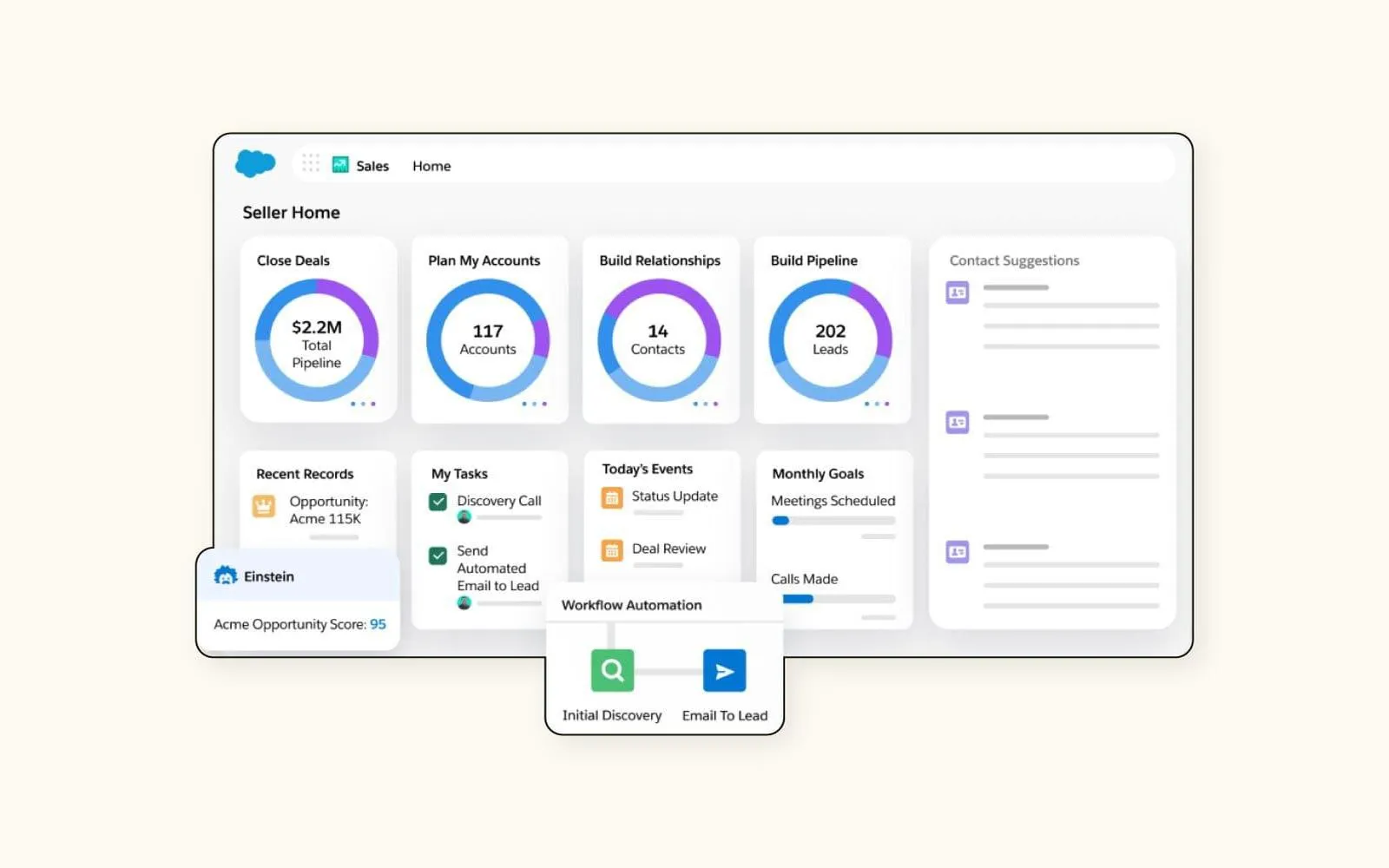
Streamline Your Success: The Best Simple CRM Solutions for Small Businesses in 2025
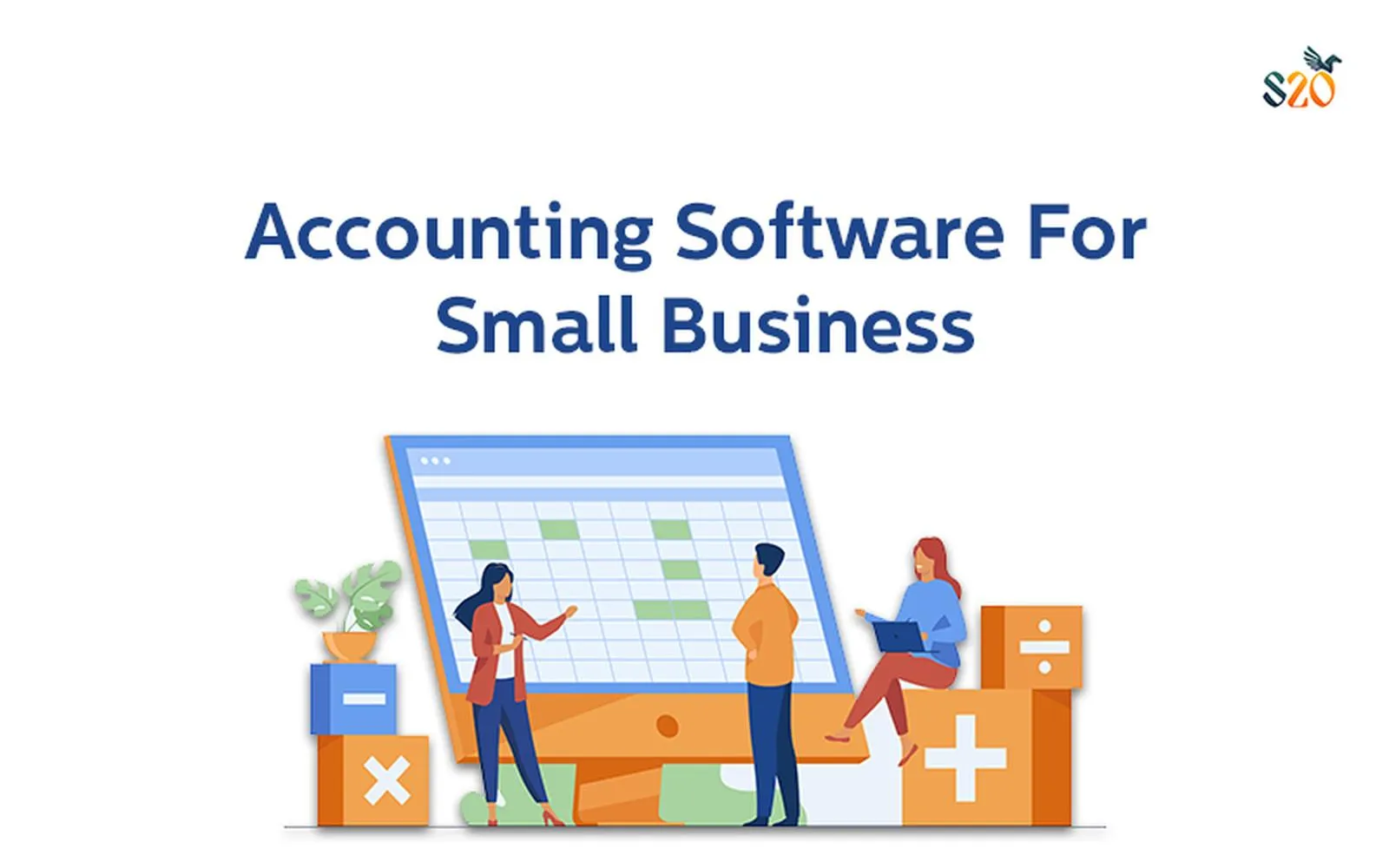
Top Small Business Accounting Softwares of 2025: Streamline Your Finances for Success

Top Small Business Financial Advisors Near Me in 2025: Expert Tips for Success
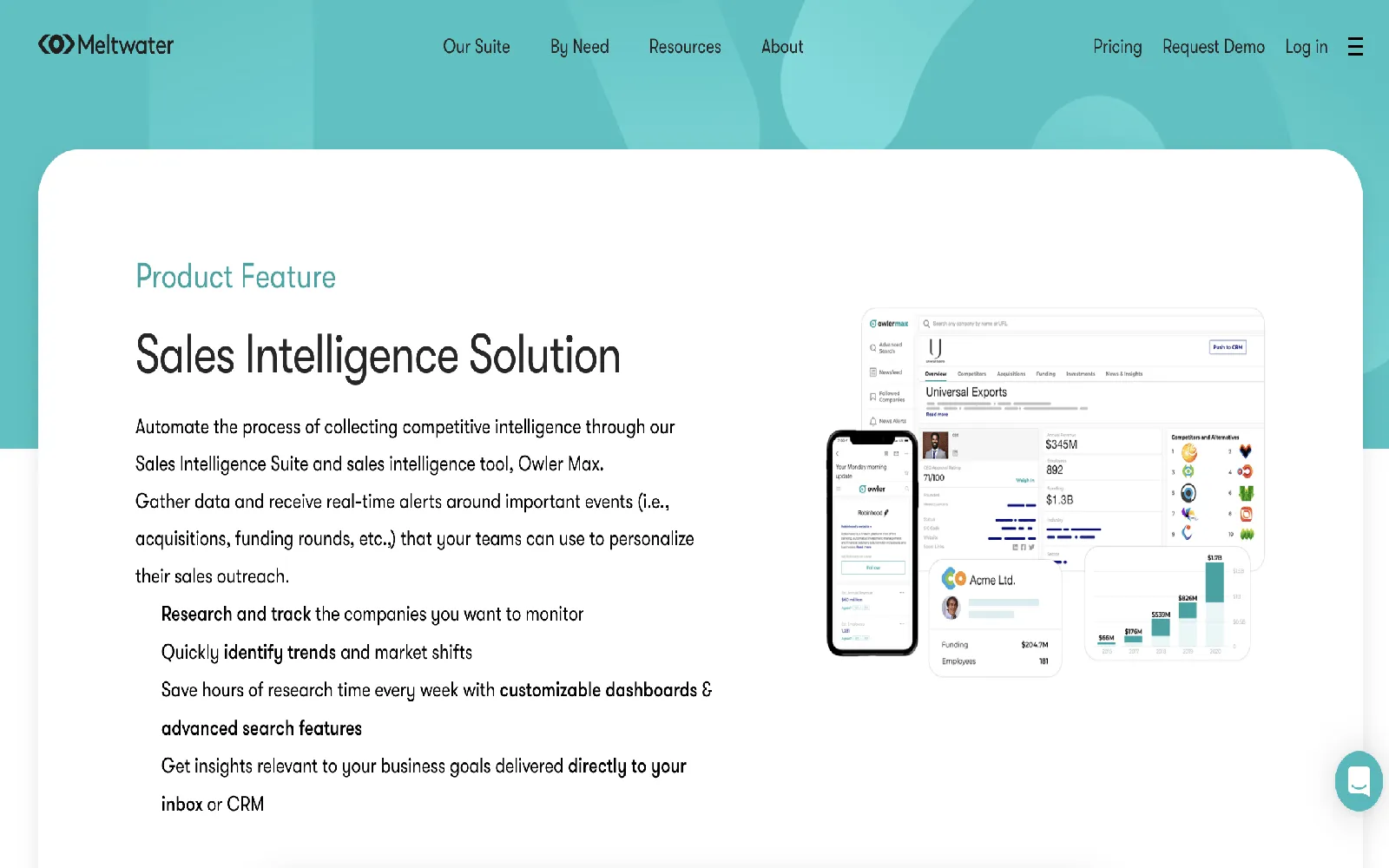
Best Sales Software for Small Businesses in 2025
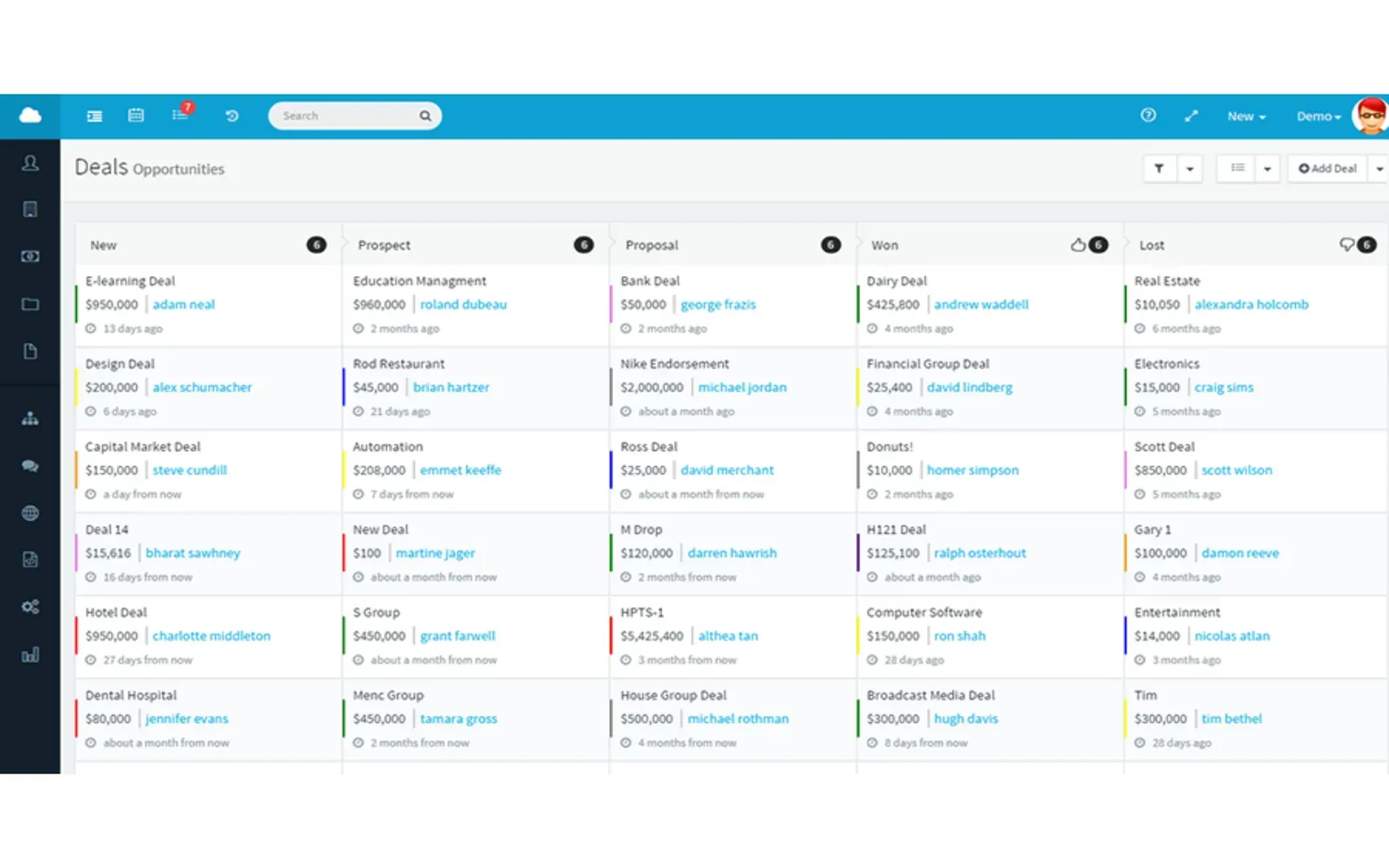
Top Data Management Software for Small Businesses in 2025: Boost Efficiency and Drive Growth
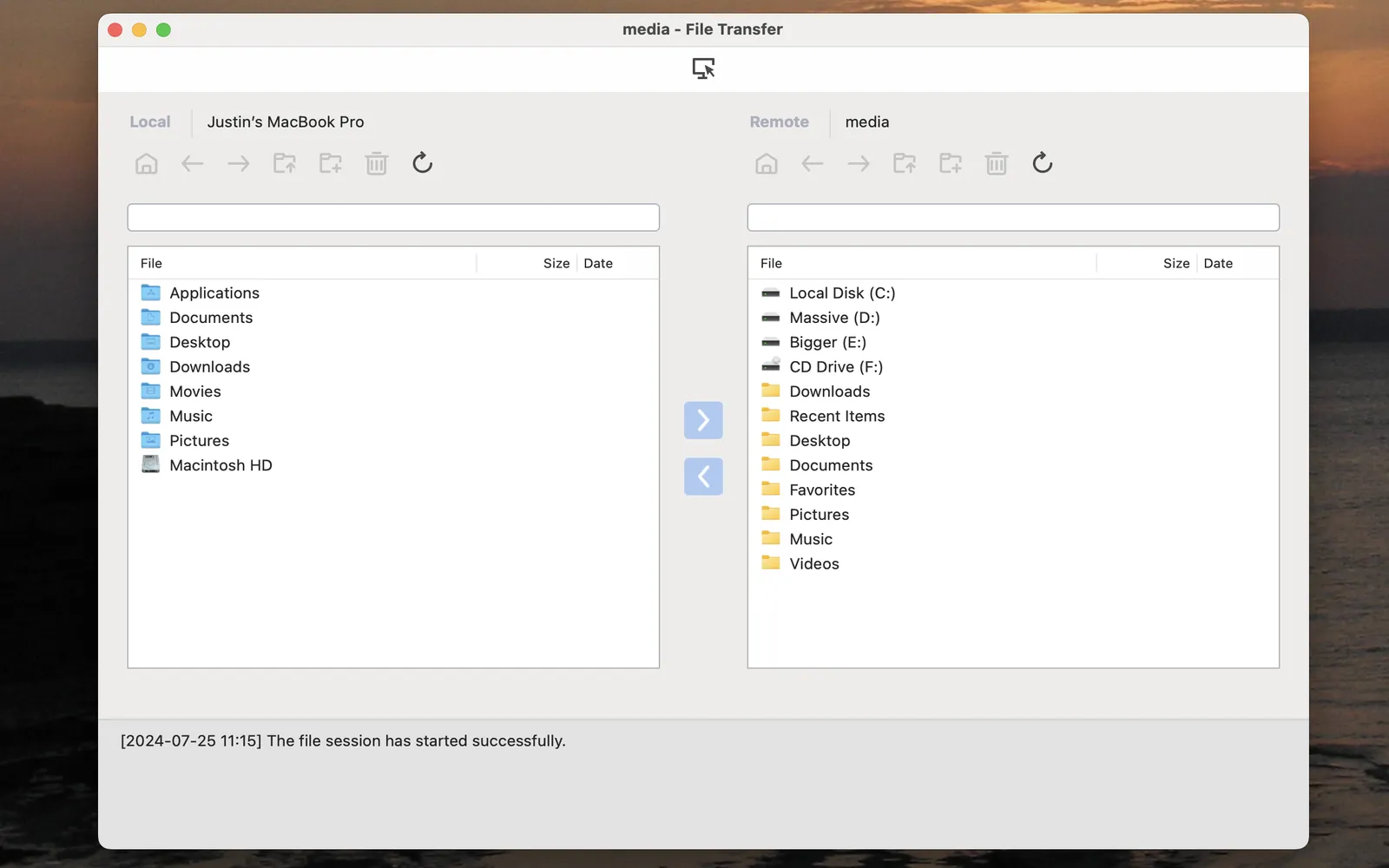
Top Remote Access Software for Small Businesses in 2025: Boost Productivity and Security
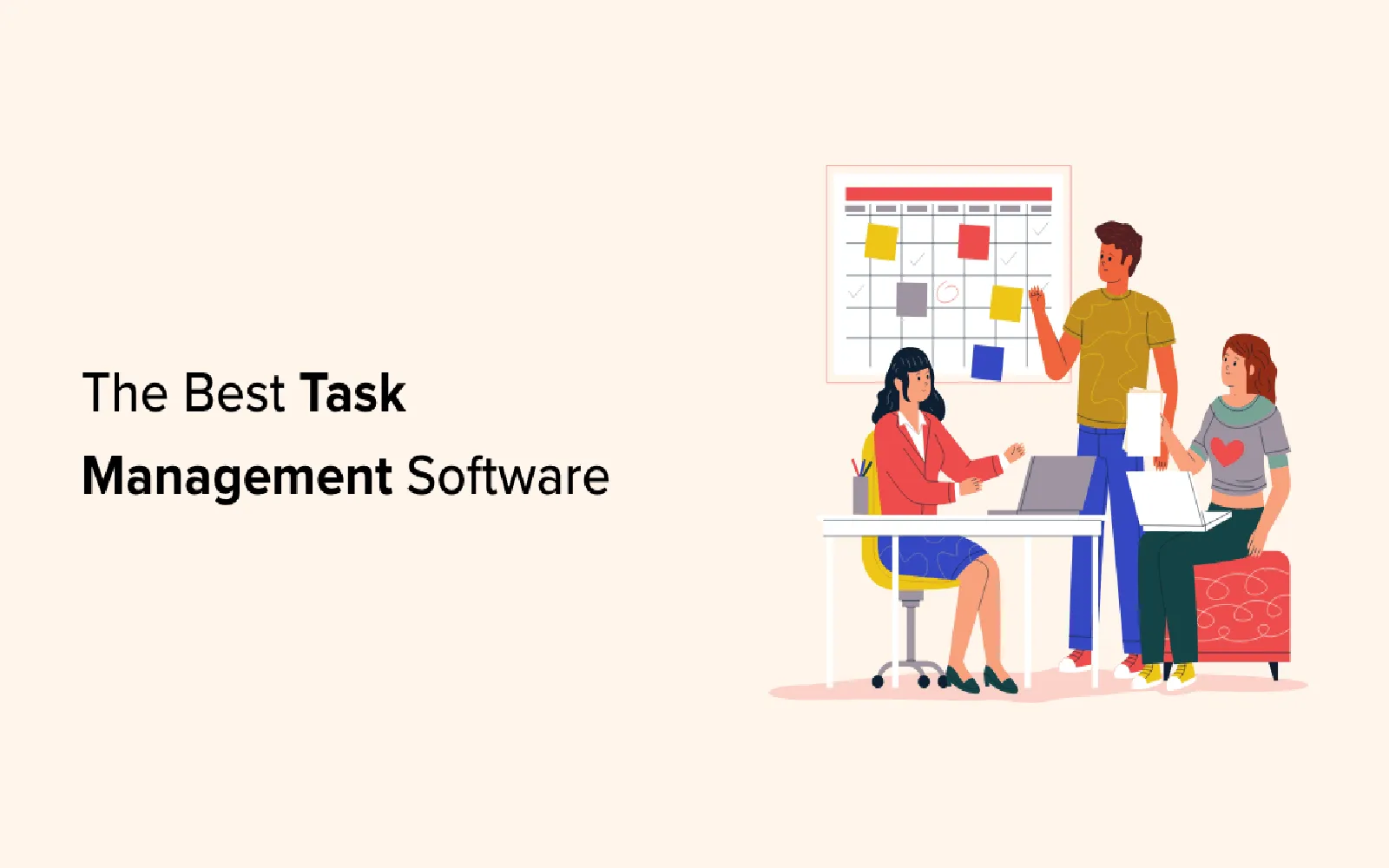
Top Task Management Software for Small Businesses in 2025: Boost Productivity and Efficiency

Revolutionizing Restaurant Management: Top Software Solutions for 2025 Success
